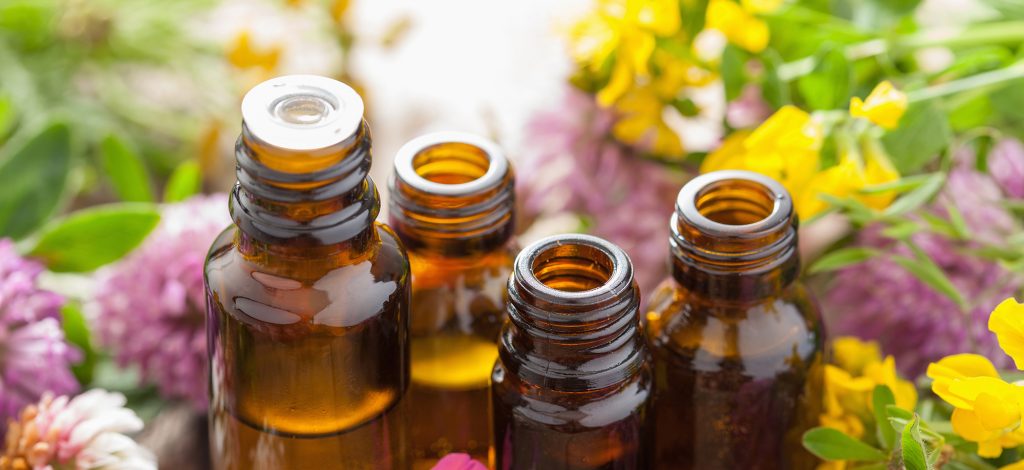Rosemarinus officinalis ROSEMARY.
BOTANICAL NAME: Rosmarinus officinalis.
COMMON NAME: Rosemary, the common and generic names are derived from the old Latin names Rosmarinus or Ros Maris (dew of the sea), due to the fact that it grew close to the sea.
Polar plant, compass weed, compass plant, Rosmarinus coronarium (old French)
BOTANICAL DESCRIPTION:
Species (family) Labiatae/ lamiaceae
A native of the Mediterranean region. It can be found growing abundantly in the wild in areas of Spain, France, Corsica, Italy, Sardinia and Tunisia.
Rosemary can be slightly frost tender and is best grown in a sunny position, beneath the shelter of a wall if possible, in a well-drained soil. It needs to be trimmed regularly to promote bushy growth and to retain its shape
CHEMICAL COMPOSITION:
Rosmarinus contains about 1% volatile oil, known as oil of Rosemary. The main constituents are bornyl acetate, borneol, linalool, camphor, camphene and cineole.
There are three principal chemotypes of Rosmarinus officinalis, each with varying chemical compositions and therefore different therapeutic actions:
- Camphor-borneol (Spain)
- Best used as a general stimulant, muscle aches and pains and is considered the most specific heart tonic of all the chemotypes
- 1,8-cineole (Tunisia)
- Best used for treating respiratory ailments such as asthma, bronchitis and sinusitis. Also suitable to facilitate elimination from the liver and kidneys
- Verbenone (France)
- Most appropriate to strengthen the liver and gallbladder, considered the most gentle and non-irritant. Excellent for wound healing
THERAPEUTIC ACTIONS:
Analgesic, antibacterial, anti- catarrhal, antifungal, anti-infectious, anti-inflammatory, antispasmodic, antitussive, anti-viral, antidepressant, astringent, cardio tonic, carminative, cephalic, chologogue, cicatrizant, cordial, decongestant( venous), digestive, diuretic, emmanagogue, expectorant, hepatic, hormone regulator, hyperglycemic, hypertensive (high dose), hypotensive( low dose), litholytic, lowers cholesterol, mucolytic, neuromuscular action, neurotonic, nervine, rubefacient, sexual tonic, stimulant adrenal cortex, sudorific, tonic and warming.
PHARMACOKINETICS:
Pharmacokinetic route of essential oils through the body:
- Constituents are metabolized by epidermal enzymes
- Interaction with nerve endings in dermis, and with inflammation
- Absorption into venous and lymph capillaries for return to the heart
- Excretion of some constituents in lungs (minor)
- First capillaries off the aorta are in the heart muscle and are the first to receive blood that contains essential oils.
- Possible effects on the brain via neurotransmitters or other interactions
- Metabolism of constituents by liver enzymes
- Water soluble constituents and metabolites are excreted via the urine. Lipophilic molecules returned to the heart
- Storage or interaction of constituents in target tissues
- Essential oil constituents diffuse into the capillaries to be later excreted via the skin or stored in the adipose tissue
CAUTIONS:
Patients suffering fevers, skin lesions, open wounds and/or severe circulatory disorders should not use rosemary in hot baths. Ingesting large amounts can irritate the gastrointestinal tract. Seizures may also result.
Rosemary essential oil should not be used during pregnancy nor with those suffering epilepsy or high blood pressure.
Internal: caution possible neurotoxin and abortifacient.
CONTRAINDICATIONS:
Not to be taken with mineral supplements.
Care with Rosemary CT verbenone due to ketone content. Dose with care with cineole and camphor chemo types.
DOSAGE
Essential oil blend: Ranging from 1% (for babies) to 20 % (acute stage of infection)
LD50: oral above 5g/kg, dermal 5g/kg (median lethal dose)
RECIPES:
Motivation blend
Rosemary camphor 4ml
Ylang Ylang 3ml
Lime 3ml
Mix into a small 10ml dropper bottle and diffuse 3-4 drops before starting work
Concentration/study Blend
Cedarwood 2ml
Eucalyptus radiata 1ml
Lavender 2ml
Rosemary camphor 4ml
Orange sweet 1ml
Mix into a small 10ml dropper bottle and diffuse 3-4 drops before starting study. Take this blend with you if you have an exam to improve memory recall.

